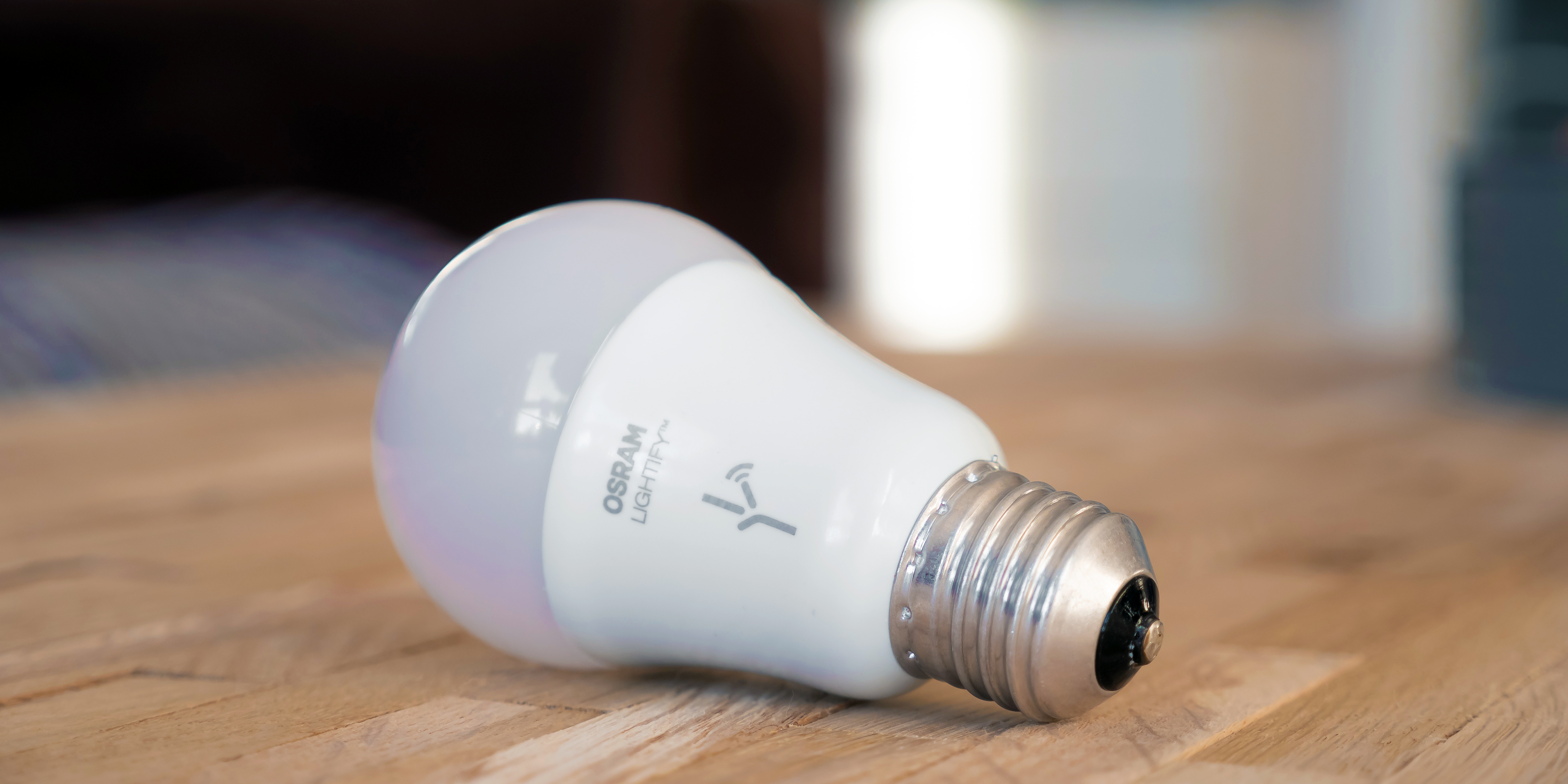
Q: I’d like to use a smart home or connected home device to lower energy bills, but I’m not very tech savvy. How do I get started?
A: With a little prep time and homework, you can gather the information and resources you need to take full advantage of the money- and energy-saving automation options available for your home, avoiding headaches as you consider adopting this new technology.
There is no need to worry if you’re not very tech-oriented. There are experts who can work with you through the final decision-making and installation process once you have a grasp of what you want your smart home system to do. But you will need to gather some key information before you begin that process.
First off, what’s the difference between smart home and connected home devices?
These terms are sometimes used interchangeably, but they’re distinct concepts.
Smart devices are the programmable, semi-autonomous brain of the smart home, and connected devices are its tools or what it controls. In your case, these are connected versions of the power-hungry lights, utilities, and appliances that are driving up your bills. A smart device can autonomously control these devices.
What information do I need before I go to the experts?
You already know more than you think you do. Simply observe when and how you use main appliances and systems in your home. Get a clear idea by asking yourself and each household member the following questions:
- Do you have and use space heaters during the cooler months?
- Do you have and use air conditioners during the warmer months?
- How much do you use utilities, systems, or appliances during the day? What does this include?
- How much do you use utilities, systems, or appliances at night? What does this include?
- How many lights do you leave on in your home? What time of day or night?
- How many loads of laundry do you wash and how often?
- How many computers and television sets do you have?
- Do you have and use dehumidifiers or humidifiers?
- Do you use indoor air filters?
Smart home devices can be used to shut down energy-sucking appliances when you’re not using them. Space heaters, air conditioners, lighting systems, and washers and dryers are especially brutal consumers of electricity, though standard appliances and televisions take a toll as well.
Additional questions may arise as you answer or talk through these questions with your family or household members. Make note of any relevant detail. This is the key information the expert will use to craft the custom solutions you’re looking for.
What do I do with this information?
If you’re not very technologically literate, you can do a lot worse than going to a trusted expert who is already excited and knowledgeable about new advances in home technology and automation. They’ll be able to work with the information you furnish to envision and recommend appropriate solutions in a way that won’t overwhelm you.
Interior designers and design-build experts would be a great start. If you know an architect, you might check in with them as well. Request a consultation so they can walk you through a few general options. If you’re considering a remodel, ask your trusted design-build expert for insights and ideas about transitioning your home to a smart/connected home during construction.
Believe it or not, you can enjoy the benefits of automation, security, utility-savings, and improved home performance without being a technological wizard.
Paul Kocharhook is the owner of Pathway Design & Construction in Seattle, a member of the Master Builders Association of King and Snohomish Counties (MBAKS). If you have a home improvement, remodeling, or residential homebuilding question you’d like answered by one of MBAKS’ more than 2,700 members, write to homework@mbaks.com.